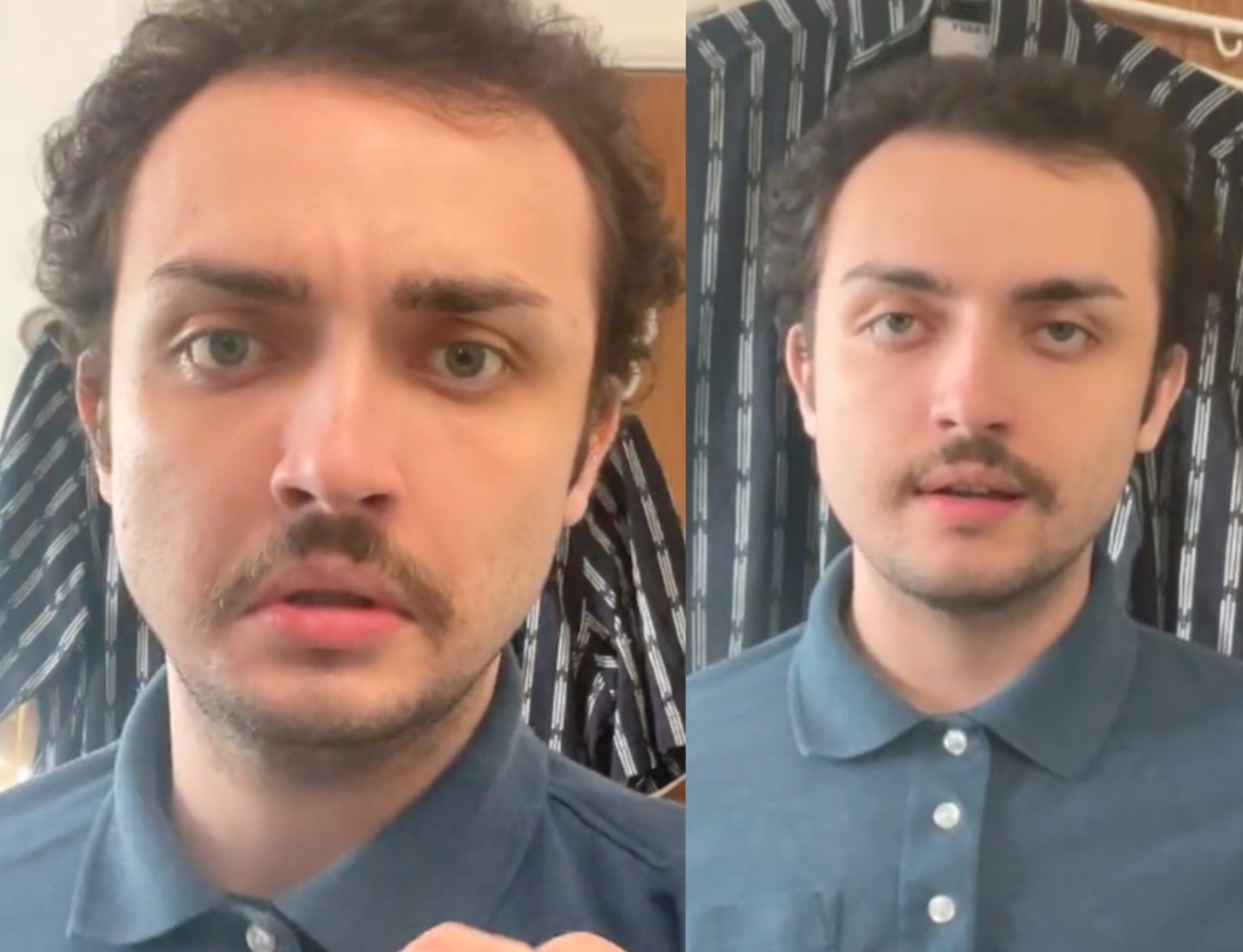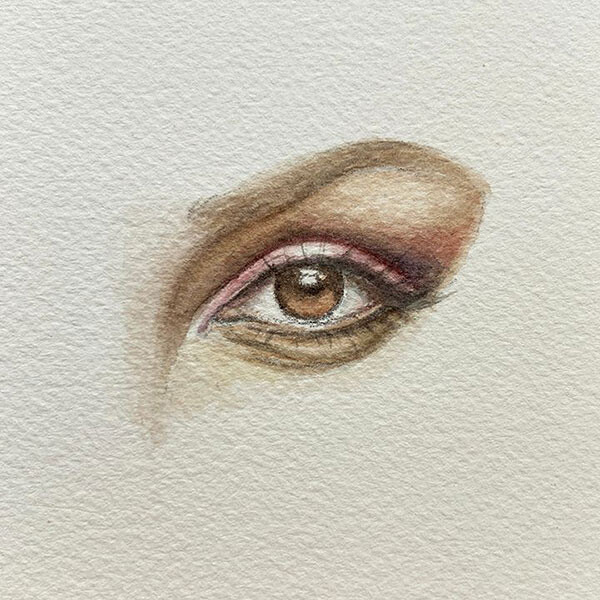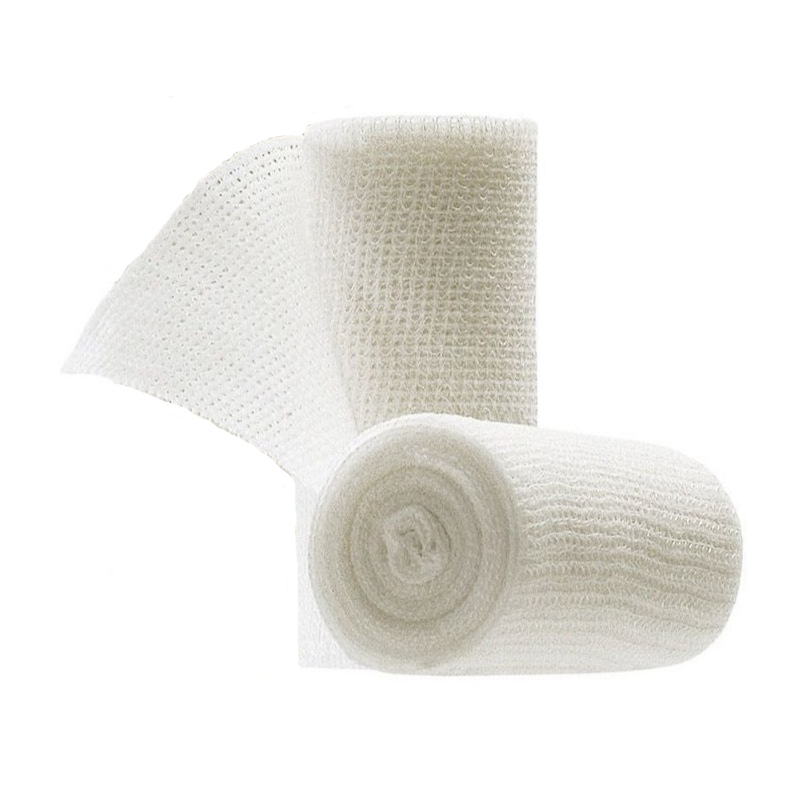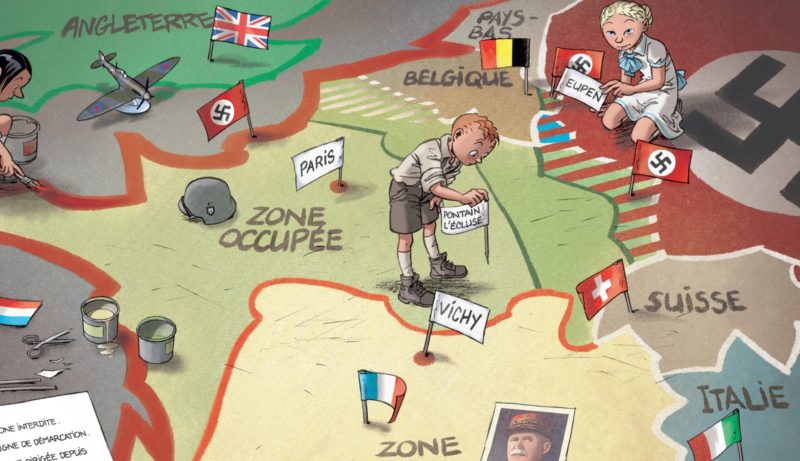
Gaze-Cueing With Crossed Eyes: Asymmetry Between Nasal and Temporal Shifts
The results highlight the possibility that the gaze-cueing effect might be weakened when a direct gaze exists between the cueing eye and the target and the effect magnitude might depend on which type of face stimulus are used as a cue. A person’s direction of gaze (and visual attention) can be inferred from the direction of the parallel shift of the eyes. However, the direction of gaze is ambiguous when there is a misalignment between the eyes. The use of schematic drawings of faces in a previous study demonstrated that gaze-cueing was equally effective, even when one eye looked straight and the other eye was averted. In the current study, we used more realistic computer-generated face models to re-examine if the diverging direction of the eyes affected gaze-cueing. The condition where one eye was averted nasally while the other looked straight produced a significantly smaller gaze-cueing effect in comparison with when both eyes were averted in parallel or one eye was averted temporally. The difference in the gaze-cueing effect disappeared when the position of one eye was occluded with a rectangular surface or an eye-patch. These results highlight the possibility that the gaze-cueing effect might be weakened when a direct gaze exists between the cueing eye (i.e., nasally oriented eye) and the target and the effect magnitude might depend on which type of face stimulus are used as a cue.
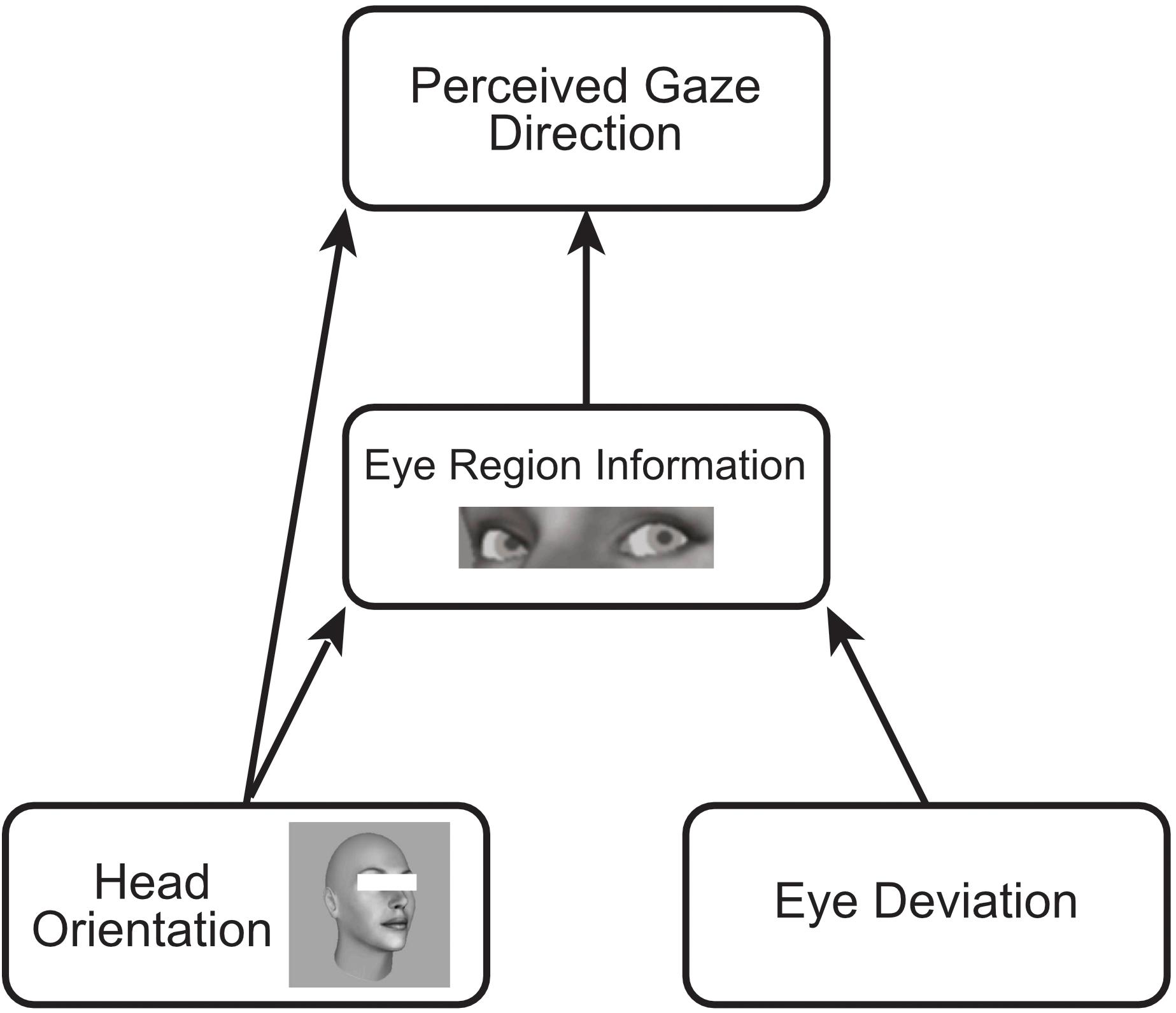
Frontiers Task Dependent Effects of Head Orientation on Perceived Gaze Direction

A Critical Study in Stereopsis and Listing's Law

Gaze-Cueing With Crossed Eyes: Asymmetry Between Nasal and Temporal Shifts - Saki Takao, Aiko Murata, Katsumi Watanabe, 2018

Sex differences in eye gaze and symbolic cueing of attention - Andrew P. Bayliss, Giuseppe di Pellegrino, Steven P. Tipper, 2005
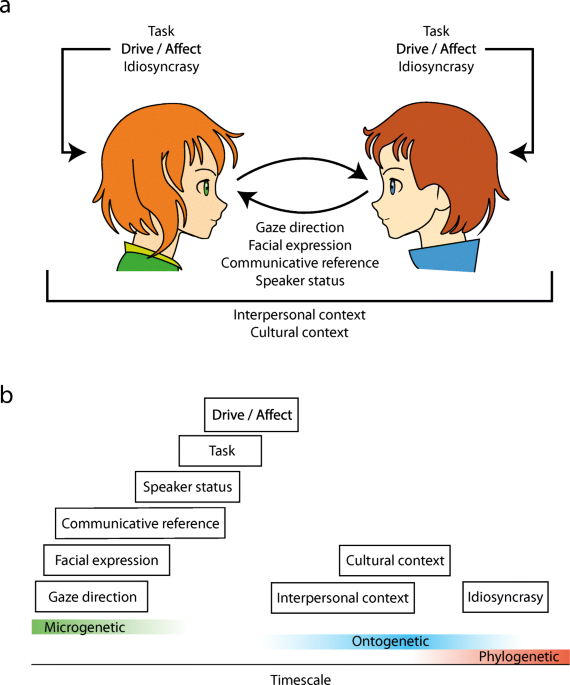
How does gaze to faces support face-to-face interaction? A review and perspective
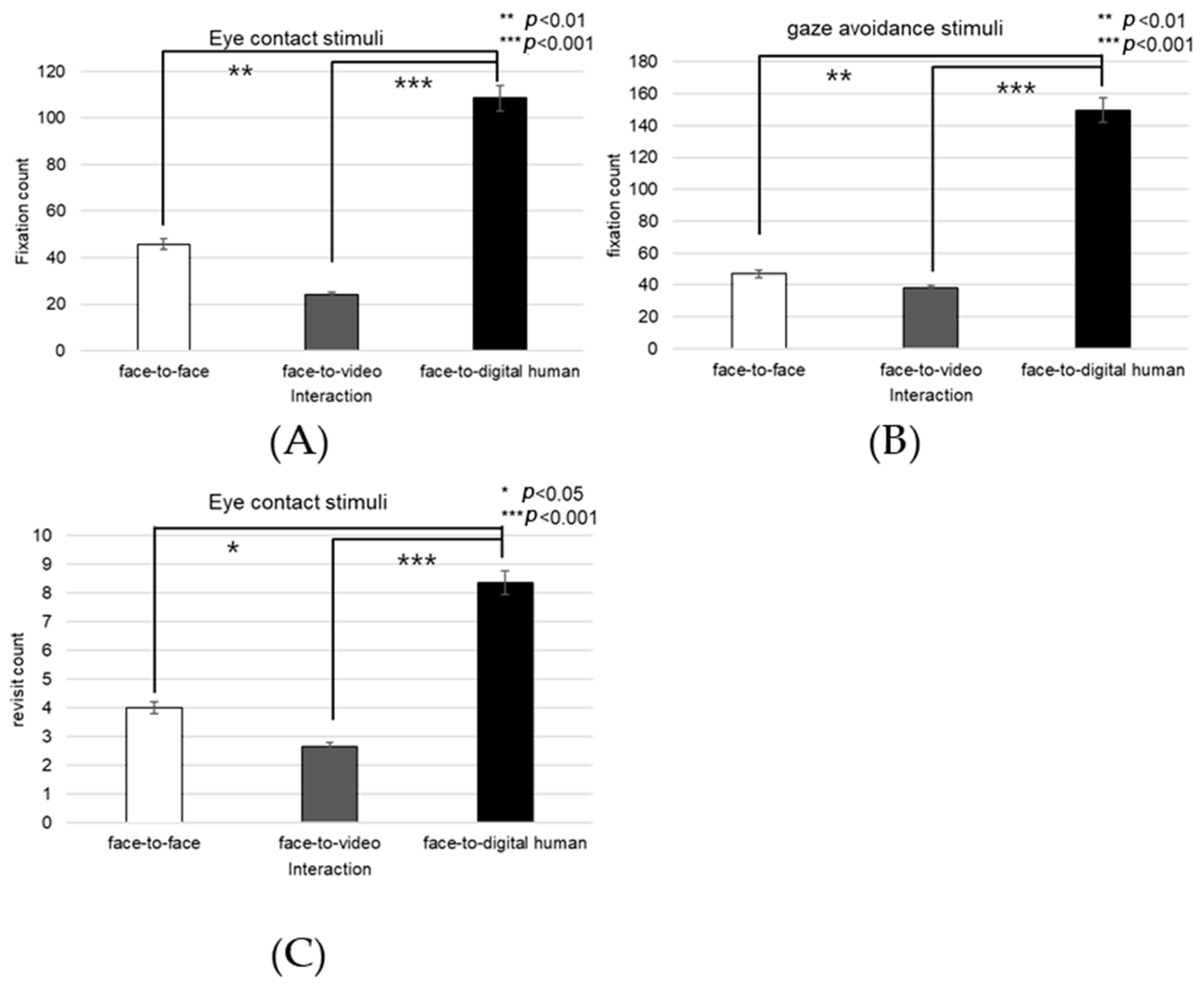
Biomimetics, Free Full-Text

Meeting another's gaze shortens subjective time by capturing attention - ScienceDirect

Adaptation to transients disrupts spatial coherence in binocular rivalry

Anticipated change in the cones of parallel vergence following
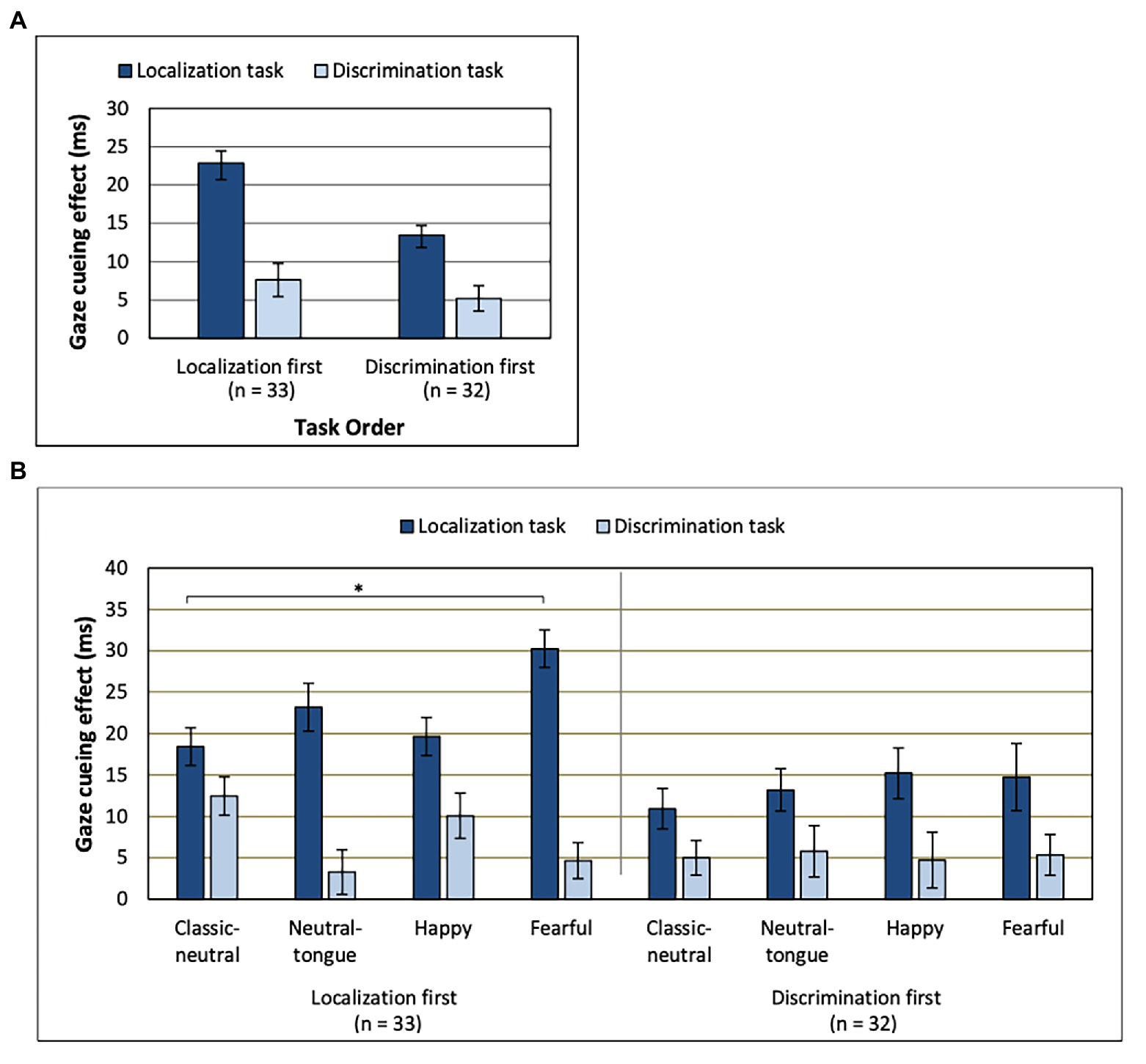
Frontiers The Gaze Cueing Effect and Its Enhancement by Facial Expressions Are Impacted by Task Demands: Direct Comparison of Target Localization and Discrimination Tasks

Gaze-Cueing With Crossed Eyes: Asymmetry Between Nasal and Temporal Shifts - Saki Takao, Aiko Murata, Katsumi Watanabe, 2018
